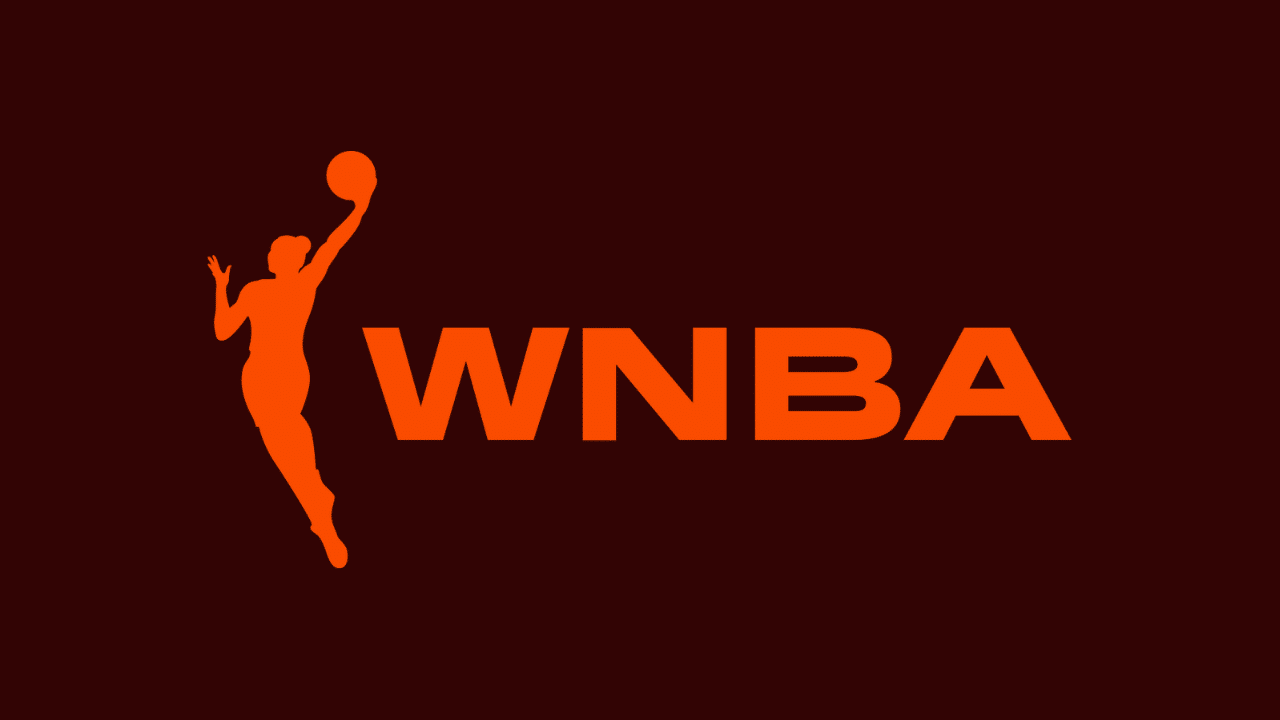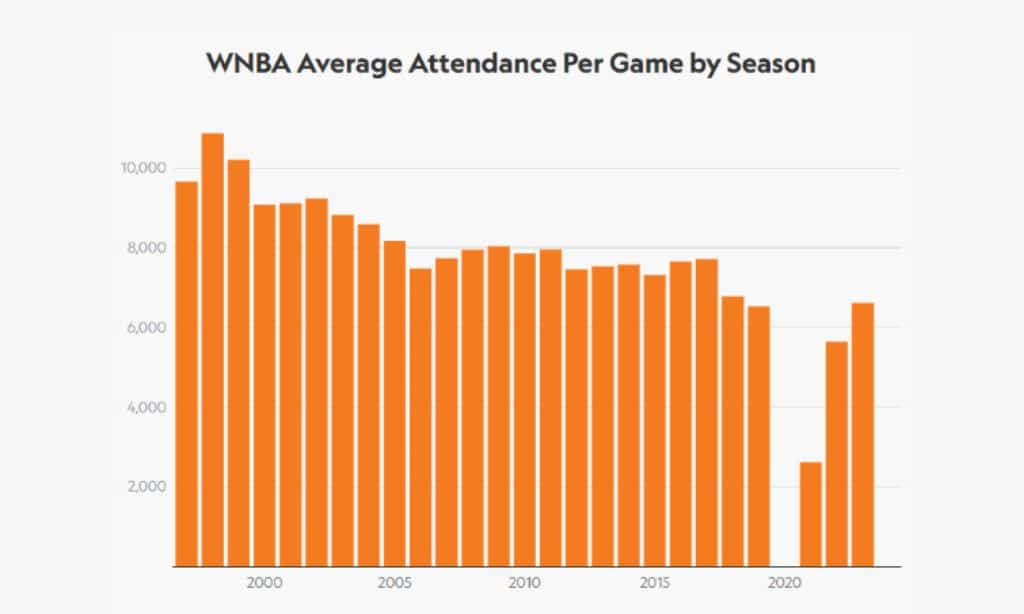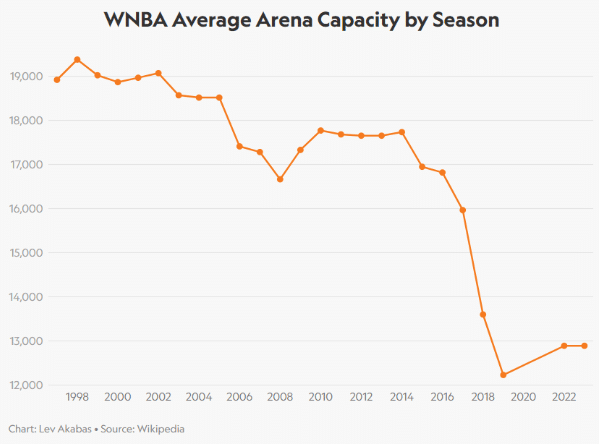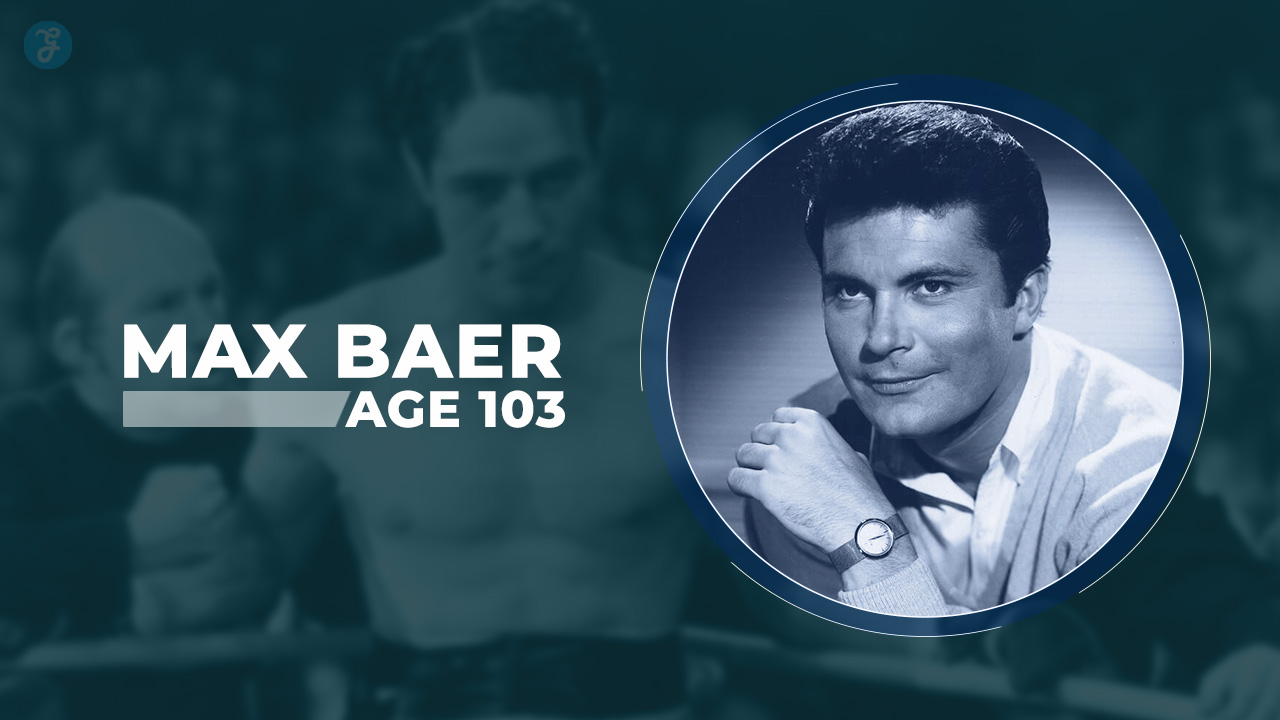As the curtain closed on the 2023 WNBA season, the league had much to celebrate – record-breaking TV viewership numbers that included the most-watched regular season in 21 years.
It is the most-watched Finals in 20 years and the most-watched All-Star Game in 16 years. These impressive figures are a testament to the growing popularity and excitement surrounding women’s professional basketball.
However, despite the surging interest in television, the WNBA faced a stark contrast when it came to in-person attendance.
According to data, the 2023 season saw lower average attendance per game than any other season in league history between 1997 and 2019.
This trend is strikingly different from the NWSL, the professional women’s soccer league, which has experienced consistent growth in attendance over its 12-year existence.
To understand this dichotomy, it’s essential to look back at the WNBA’s inception in 1997.
Launched with the momentum of the 1996 Olympics and backed by the NBA’s David Stern, the league benefited from a “curiosity factor” and heavy marketing efforts. Rebecca Lobo, a 1999 WNBA All-Star, recalls, “There was a lot of interest going into that first season.
People were eager to see what a professional women’s basketball league backed by David Stern and the league looked like.”
The iconic “We Got Next” advertising campaign, which promoted the league’s start date of June 21, 1997, played a significant role in generating buzz and anticipation.
“You would turn on an NBA game, a playoff game, at any point in 1997, and there was a commercial,” Lobo said, highlighting the extensive promotion behind the WNBA’s inaugural season.
The league’s first game between the New York Liberty and the Los Angeles Sparks drew an astounding 5 million viewers on NBC, a number that has yet to be surpassed.
However, as the novelty factor waned and interest waxed and waned over the years, attendance figures steadily declined.
One major contributing factor to the attendance challenge has been the league’s venues. Many WNBA teams have downsized their home arenas or relocated to smaller venues, citing disagreements with NBA arena management or other logistical considerations.
For instance, the Atlanta Dream now plays at the Gateway Center Arena at College Park, which can accommodate fewer than 3,500 fans, compared to the larger Philips Arena they previously shared with the Atlanta Hawks.
Similarly, the Dallas Wings and the New York Liberty have also relocated to smaller venues in recent years.
In 2023, six of the 12 WNBA franchises played home games in venues with fewer than 15,000 seats, a stark contrast to the league’s inaugural season when the smallest arena was the 17,000-seat Compaq Center in Houston.
However, the league and its teams are actively addressing this issue, particularly in light of the hype surrounding the 2023 No. 1 overall draft pick, Caitlin Clark.
The Las Vegas Aces, whose regular home court seats 12,000, will play their May 25 game against the Indiana Fever at the 18,000-seat T-Mobile Arena.
The Washington Mystics will also host Indiana on June 7 at the 20,000-seat Capital One Arena, the home of the NBA’s Wizards and the NHL’s Capitals.
Last season, the WNBA champion Aces played their final regular-season game at T-Mobile Arena, drawing an impressive crowd of 17,406 fans – a testament to the potential for larger venues to attract more spectators.
With the arrival of the most star-studded rookie class in WNBA history, including Caitlin Clark, Angel Reese, and Kamilla Cardoso, the league has an opportunity to capitalize on the increased interest in women’s college hoops and reverse the attendance trend.
The 2023 WNBA Draft in April drew the 11th largest TV audience on record, trailing only 10 games from the league’s early years between 1997 and 2000.
Rebecca Lobo, who has witnessed the league’s evolution firsthand, is optimistic about the future.
“I do feel we’re at a place now where the promotion is equal to what it was in those early days,” she said, citing the prominent advertising of the WNBA season on ESPN during a recent Celtics game.
As the 2023 season unfolds, all eyes will be on the league’s attendance figures. With larger venues, a star-studded rookie class, and renewed promotional efforts, the WNBA has an opportunity to recapture the magic of its earliest years and continue building upon the record-breaking viewership numbers achieved in 2023.
As Lobo confidently predicts, “I will be shocked if this season’s ticket sales don’t come close to those numbers that we saw in the early days of the league.”













































